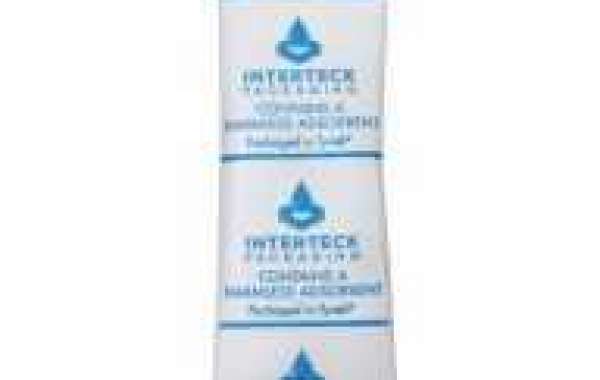Silica gel desiccants have become a staple in various industries, from food packaging to electronics. They're renowned for their moisture-absorbing properties, effectively protecting products from humidity and moisture damage. However, there is one common concern that often arises: is orange silica gel toxic? In this article, we will explore the safety of orange silica gel and demystify any misconceptions surrounding its toxicity.
What is Orange Silica Gel?
Orange silica gel is a type of desiccant, similar to its more commonly known counterpart, blue silica gel. It gets its distinct orange color from the addition of a moisture-sensitive indicator called methyl violet. The primary function of this indicator is to change color as it absorbs moisture, making it easy to determine when the desiccant needs replacement. Orange silica gel is often preferred for its visual indication, especially in applications where moisture control is critical.
Is Orange Silica Gel Toxic?
The most pressing question regarding orange silica gel revolves around its toxicity. The good news is that orange silica gel is not considered toxic. It is chemically inert, which means it does not react with other substances and is, therefore, safe to handle. This characteristic makes it an ideal choice for various applications, including food and pharmaceutical packaging.
Safe Handling Practices
While orange silica gel itself is not toxic, there are some important guidelines to follow for safe handling:
- Avoid Ingestion: As with any non-food substance, do not ingest orange silica gel. Although it is not toxic, it is not intended for consumption.
- Keep Out of Reach of Children and Pets: To prevent accidental ingestion or choking hazards, keep orange silica gel packets out of the reach of children and pets.
- Wash Hands After Handling: After touching orange silica gel, it's advisable to wash your hands thoroughly, as it may contain small amounts of dust or impurities.
- Do Not Reuse Desiccant Packets: While the silica gel itself is not toxic, the packets often contain moisture-sensitive indicator beads. Reusing these packets may lead to ingestion of these indicators, which is not recommended.
Common Applications
Orange silica gel is widely used in various industries, including:
- Food Packaging: It helps maintain the freshness of food products by preventing moisture-induced spoilage.
- Pharmaceuticals: Orange silica gel ensures that medicines remain stable and effective by controlling humidity levels.
- Electronics: It protects sensitive electronic components from moisture damage during storage and shipping.
- Textiles: Silica gel keeps textiles dry during transit, preventing mold and mildew.
- Leather Goods: Leather items, like shoes and bags, benefit from the moisture-absorbing properties of orange silica gel.
Conclusion
Orange silica gel is a safe and effective silica gel desiccant widely used in various industries. While questions about its toxicity often arise, it is essential to understand that the gel itself is not toxic. When used as intended and following safe handling practices, orange silica gel serves as a reliable moisture-absorbing solution. Its distinctive color-changing indicator makes it a popular choice for many applications where humidity control is paramount.










